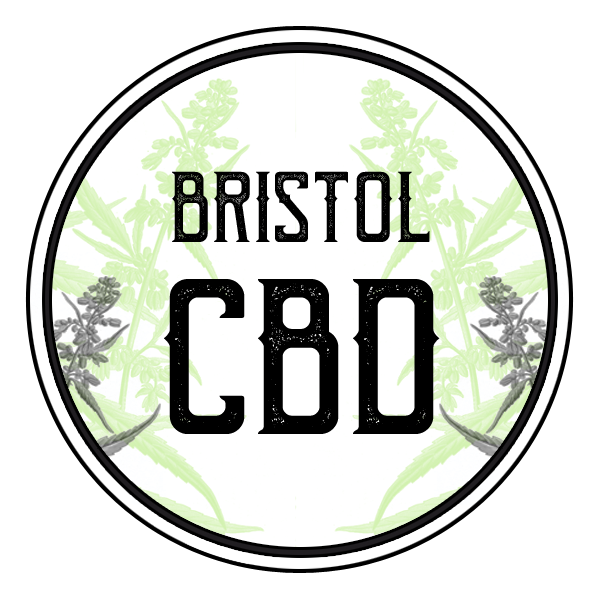You’ve probably heard of the “runner’s high” – that uplifting, almost euphoric feeling that comes after a good workout. For years, scientists thought this was all down to endorphins. But more recent research points to another fascinating player in our body: the endocannabinoid system (ECS). We are beginning to understand that using CBD for exercise can help with recovery, comfort, and exercise enjoyment.
📚 What the Research Says: Exercise Boosts Endocannabinoids
A paper published in Cannabis and Cannabinoid Research (Dec 2021) reviewed over 260 studies and confirmed something wellness practitioners have suspected for decades: exercise consistently increases endocannabinoid levels, especially anandamide (AEA) and 2-AG.
- This effect was seen across exercise types (running, cycling, etc.).
- It occurred in both humans and animals.
- It even appeared in people with conditions like PTSD and depression.
These endocannabinoids help support mood, pain modulation, stress relief, and overall well-being — all key elements of that “exercise glow.” Read the research paper here.
⚡ Why the ECS Responds to Exercise
Your ECS works to keep the body in balance. During exercise, stress hormones rise, muscles demand more oxygen, and the brain needs to keep you motivated. The ECS responds by:
- Reducing discomfort (so you can keep moving)
- Enhancing mood (boosting motivation and enjoyment)
- Supporting recovery (reducing inflammation)
However, the 2021 meta-analysis also noted variations. Factors like exercise intensity, fitness level, and whether you’ve eaten can influence how much your ECS is activated.
🌱 Where CBD Fits In: Support Before & After Exercise
CBD doesn’t directly create the “runner’s high” (it doesn’t bind to CB1 receptors like THC or anandamide). But it can still play a supportive role for those who exercise regularly.
A study published in Sports Medicine (March 2022) looked at nine endurance-trained male athletes. CBD was found to:
- Support feelings of pleasure during exercise
- Help moderate exercise-induced inflammation
- Influence oxygen uptake (VO₂ and VO₂ max)
While these are early results, they suggest CBD could be a useful partner in recovery, comfort, and exercise enjoyment.
🏃♀️ Practical Takeaways for Your Wellness Routine
Whether you’re a runner, cyclist, swimmer, or someone who enjoys gentle walks, here’s how you can support your ECS naturally:
- Move regularly – Even moderate activity can increase endocannabinoids.
- Listen to your body – Overtraining can cause stress that outweighs benefits.
- Support recovery – Gentle stretching, good nutrition, and (if it suits you) supplement.
- CBD can help – Take a few drops of 10% whole plant CBD just before you exercise.
- Be consistent – Your ECS thrives on regular engagement, not just occasional bursts.
👉 At Bristol CBD, we’re passionate about helping you support your body’s natural balance — whether through movement, quality rest, or plant-based wellness.
Have you noticed a lift in mood or reduced discomfort after exercise? We’d love to hear about your experience. Email us at info@bristolcbd.co.uk to share your story.






